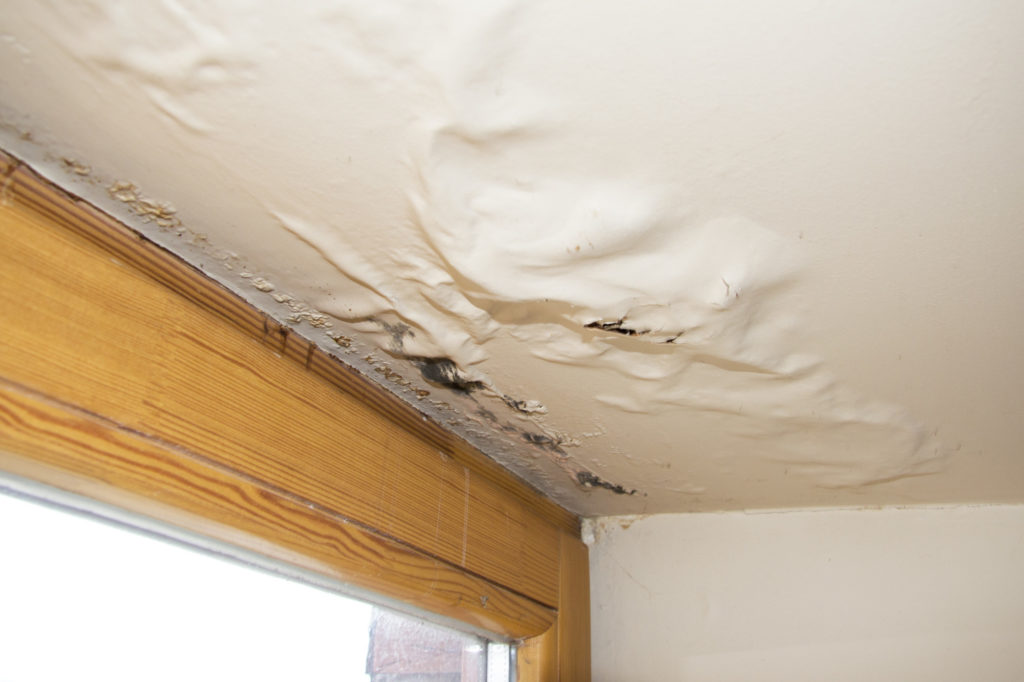6 Water Damage Remediation Do's and Don'ts.
6 Water Damage Remediation Do's and Don'ts.
Blog Article
How do you feel when it comes to Reducing Your Risk Of Water And Fire Damage At Home?

Water gives life, however water invasion on some parts where it's not supposed to be can result in damage and hassle. In addition, residences with water damages odor old and musty.
Water can come from numerous resources like tropical storms, floodings, burst pipes, leaks, and drain problems. It's much better to have a functioning understanding of safety and security precautions if you have water damage. Right here are a couple of guidelines on how to handle water damages.
Do Prioritize Home Insurance Insurance Coverage
Seasonal water damages can come from floods, seasonal rainfalls, and wind. There is also an incident of an unexpected flood, whether it originated from a faulty pipeline that unexpectedly ruptures into your house. To shield your house, get home insurance coverage that covers both acts of God such as all-natural calamities, as well as emergencies like broken plumbing.
Don't Forget to Turn Off Energies
When catastrophe strikes as well as you're in a flood-prone location, turn off the primary electrical circuit. Shutting off the power prevents
When water comes in as water serves as a conductor, electrical shocks. Do not forget to shut off the major water line valve as a method to prevent even more damage.
Maintain your furniture stable as they can move around and also cause additional damages if the floodwaters are getting high.
Do Keep Proactive and also Heed Climate Signals
If you live in an area pestered by floods, remain aggressive and prepared at all times. Pay attention to the information and discharge warnings if you live near a body of water like a lake, creek, or river .
Don't Overlook the Roofing System
Your roofing professional needs to take treatment of the faulty gutters or any various other indicators of damage or weakening. An assessment will stop water from flowing down your walls as well as soaking your ceiling.
Do Take Notice Of Tiny Leaks
A burst pipeline doesn't occur in a vacuum or overnight. There are red flags that can draw your interest and indicate to you some damaged pipes in your home. Indications of warnings in your pipes include bubbling paint, peeling off wallpaper, water streaks, water discolorations, or leaking sounds behind the walls. There are indications that the pipeline will burst. Don't wait for an escalation if you see these indicators. Fixing as well as evaluate your plumbing repaired before it leads to substantial damage to your house, funds, as well as an individual problem.
Do Not Panic in Case of a Ruptured Pipe
Timing is crucial when it comes to water damages. If a pipeline ruptureds in your residence, instantly shut off your primary water shutoff to reduce off the resource and also avoid even more damages. Call a reliable water damages reconstruction expert for help.
Water offers life, yet water intrusion on some components where it's not supposed to be can result in damage and hassle. In enhancement, houses with water damages smell moldy and old.
Seasonal water damages can come from floodings, seasonal rains, and also wind. Indications of red flags in your pipelines consist of bubbling paint, peeling wallpaper, water streaks, water discolorations, or dripping noises behind the wall surfaces. If a pipe bursts in your residence, quickly closed off your main water shutoff to reduce off the resource and stop even more damage.
Some Do's & Don't When Dealing with a Water Damage
DO:
Make sure the water source has been eliminated. Contact a plumber if needed. Turn off circuit breakers supplying electricity to wet areas and unplug any electronics that are on wet carpet or surfaces Remove small furniture items Remove as much excess water as possible by mopping or blotting; Use WHITE towels to blot wet carpeting Wipe water from wooden furniture after removing anything on it Remove and prop up wet upholstery cushions for even drying (check for any bleeding) Pin up curtains or furniture skirts if needed Place aluminum foil, saucers or wood blocks between furniture legs and wet carpet Turn on air conditioning for maximum drying in winter and open windows in the summer Open any drawers and cabinets affected for complete drying but do not force them open Remove any valuable art objects or paintings to a safe, dry place Open any suitcases or luggage that may have been affected to dry, preferably in sunlight Hang any fur or leather goods to dry at room temperature Punch small holes in sagging ceilings to relieve trapped water (don't forget to place pans beneath!); however, if the ceiling is sagging extremely low, stay out of the room and we'll take care of it DO NOT:
Leave wet fabrics in place; dry them as soon as possible Leave books, magazines or any other colored items on wet carpets or floor Use your household vacuum to remove water Use TV's or other electronics/appliances while standing on wet carpets or floors; especially not on wet concrete floors Turn on ceiling fixtures if the ceiling is wet Turn your heat up, unless instructed otherwise

Hopefully you enjoyed our article about Fire And Water Damage Prevention. Thanks a ton for finding the time to read through our piece. Are you aware of someone else who is looking into the topic? Why not share it. I love reading our article about Fire And Water Damage Prevention.
Report this page